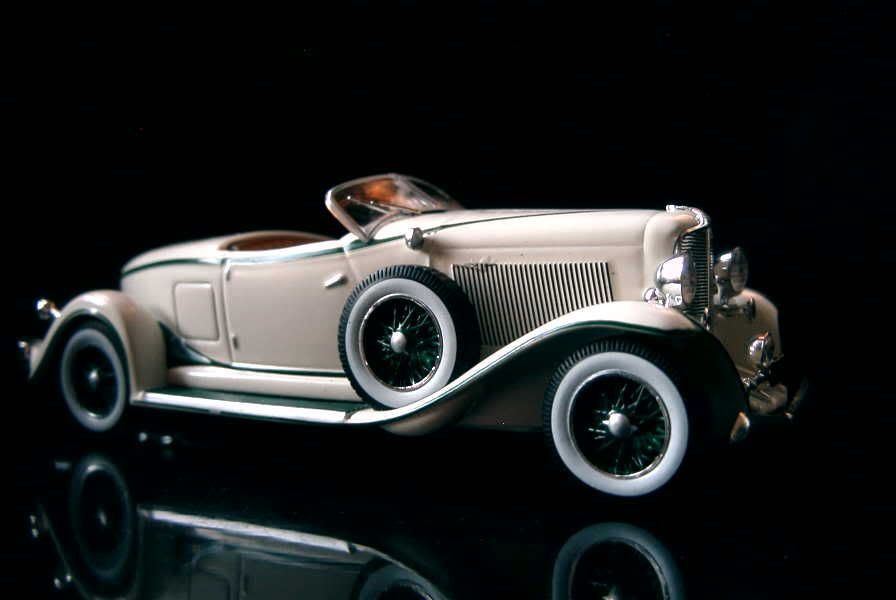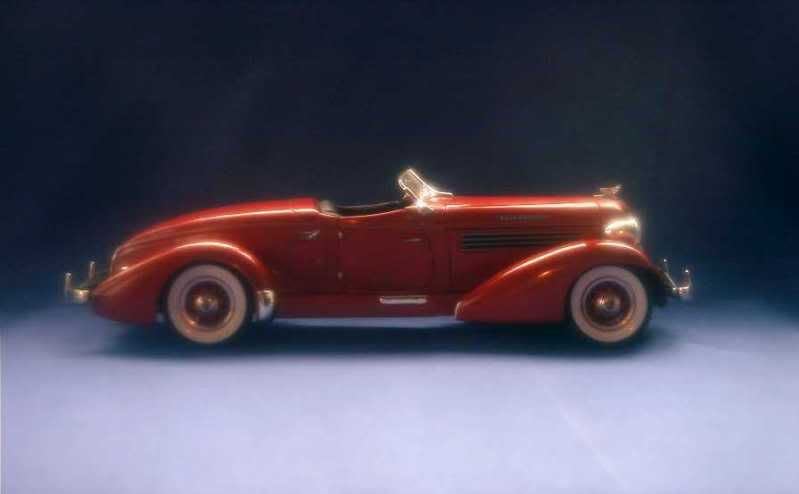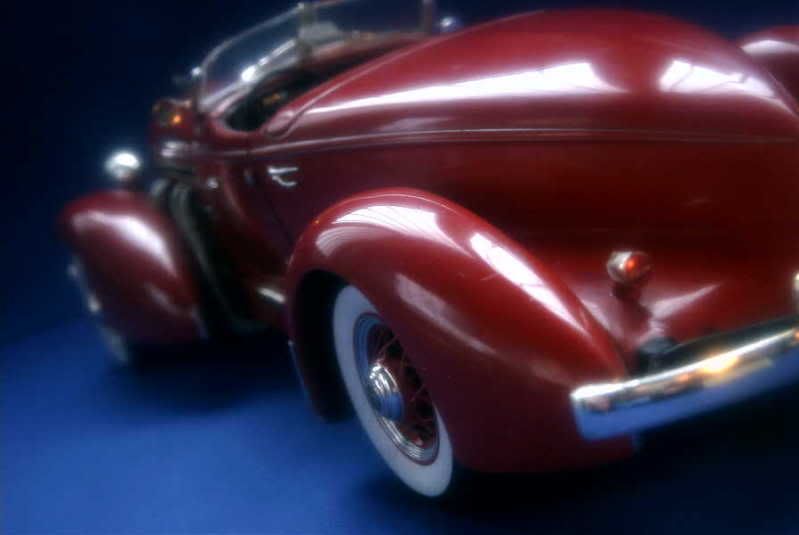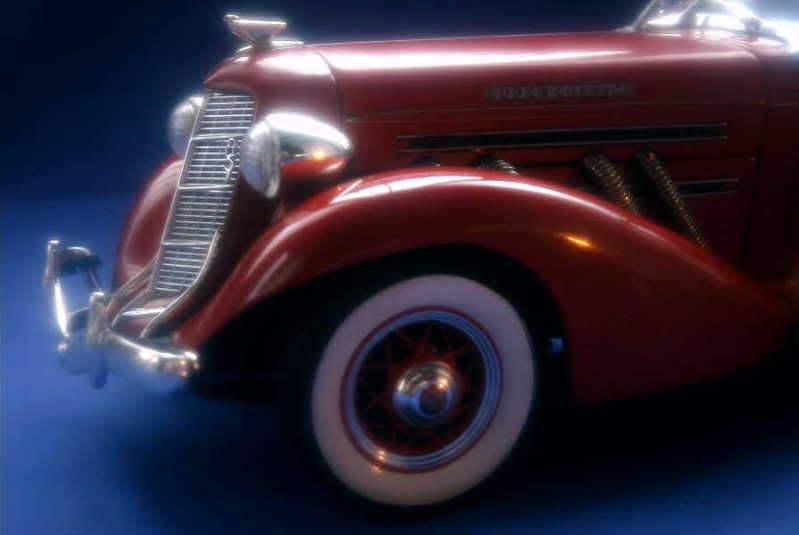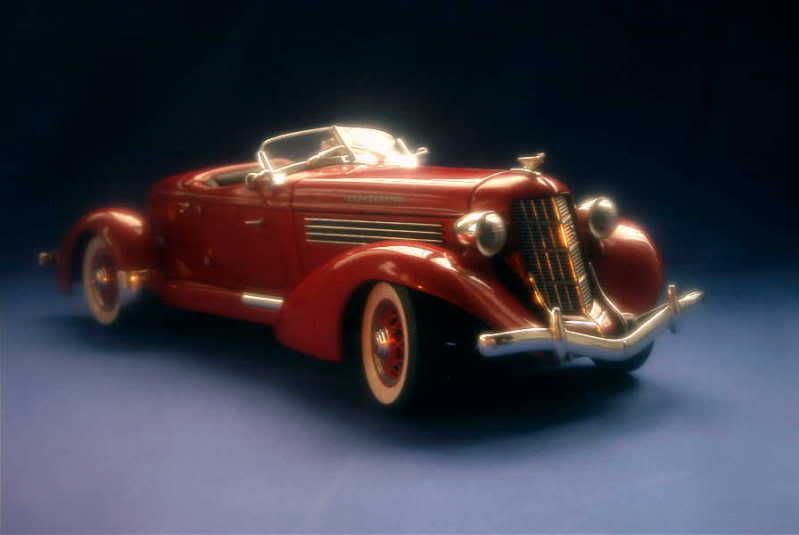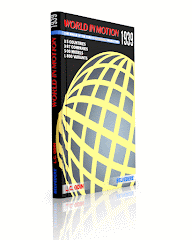Welcome to juanh, for whom I had in mind to make a Formula One post today... but I completely forgot about my initial plan, so here is something quite different.
A little history
Though its road cars are probably more renown today than its racing cars are, Maserati basically remained focused on competition for the first four decades of its history. Even if this dramatically changed after the introduction of the 3500GT in 1957, some road cars, closely related to the machines raced by the little factory, had already been produced in very small numbers since the end World War Two. This all started with the A6/1500, a small 1.5-litre car usually bodied by Pinin Farina. Though its six-cylinder engine was based on the machinery of the pre-war Maserati single-seaters, its power was down to a modest 65 hp, mostly due to the mandatory low-grade gasoline that was available – hardly easily, still – in the country at that time. Following its introduction at the 1947 Geneva motor show, the A6/1500 was produced in sixty-one copies until 1950, when the company seemed to distance itself from road-going automobiles to concentrate again on racing cars. This situation didn’t last and, at the Turin motor show in 1951, Maserati presented the A6G, based on the A6’s chassis, but fitted with a 100-hp 2-liter engine again based on a racing block. Unfortunately, the A6G’s design was too much dated and its engine still too modest despite its larger displacement to compete with Ferrari’s models, resulting in abysmal sales – no more than sixteen A6G were produced until 1954. For the anecdote, a Maserati light truck, the 550 cc or electrically-powered TM15, was also introduced at Turin in 1951 and didn’t really fare better, with only fifty-one being built until 1956 when the utility market was abandoned without regrets.
With its placid engine but excellent tubular chassis, the A6 soldiered on for a few more years. The A6G was succeeded at the 1954 Paris motor show by the more potent 150-hp A6G/2000. Just before this, five copies of the A6GCS/53 sportscar had been converted to a 170-hp Gran Turismo coupe fitted with a muscular Pinin Farina body, but these were the result of a private initiative rather than a venture from the factory. The A6G/2000 gave way to the much more ambitious Maserati 3500 GT in 1957, by which time its production number had reached the staggering figure of sixty...
About the model
Model: Maserati A6GCS/53 Berlinetta
Year: 1954
Maker: Ricko Ricko
Scale: 1/18
Distributed by: Ricko Ricko ref. 32151
Acquired: brand new, in March 2006, in Manila, Philippines
Ricko has tastefully reproduced one of the four coupes Pinin Farina built out of the A6GCS for Maserati’s dealer in Rome and occasional racing driver, Guglielmo Dei. My point of view is certainly debatable, but I’d like to think this is one of the most striking car ever penned by the famous Italian coachbuilder, allying in equal proportion feline beauty and brutal strength. The die-cast model is well worthy of the original, and deserves a good 14/20 rating.
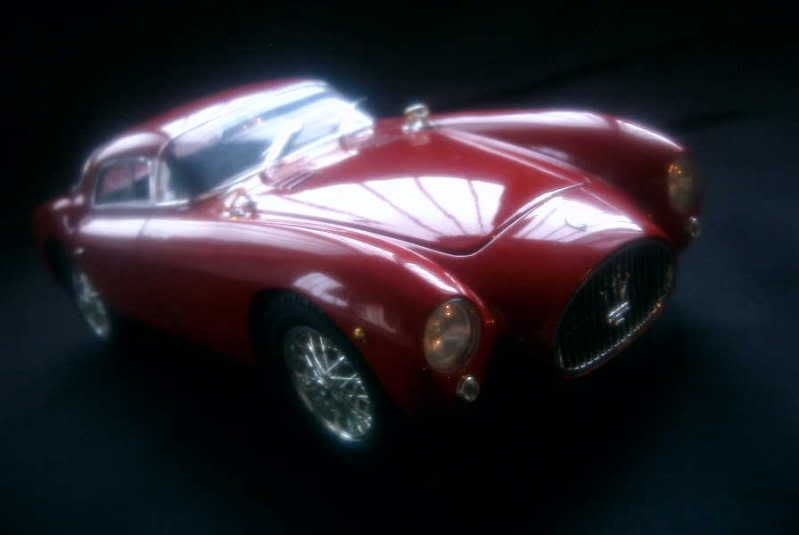
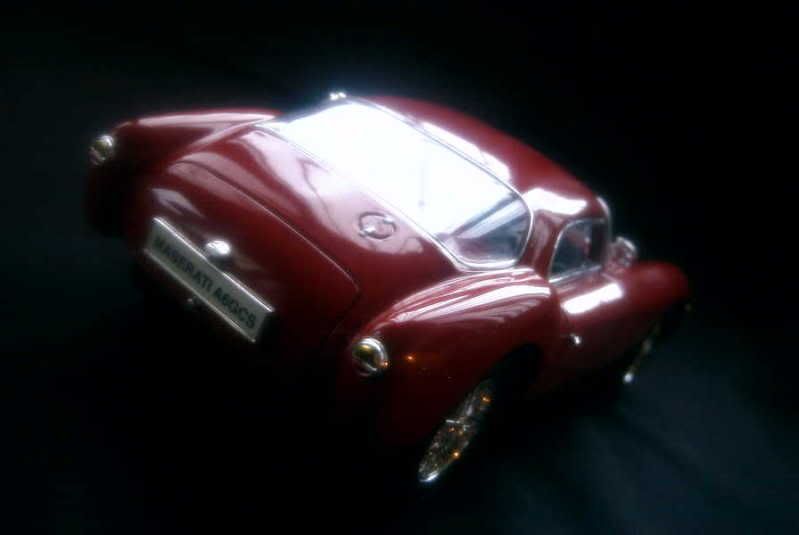
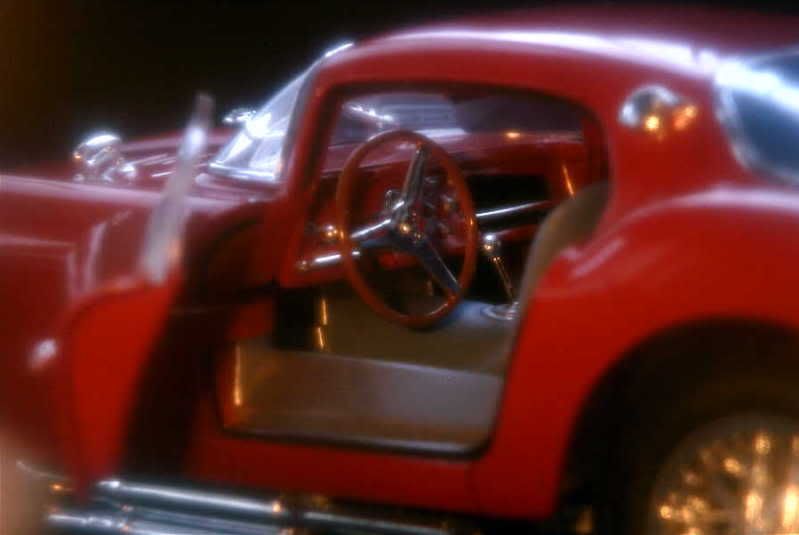
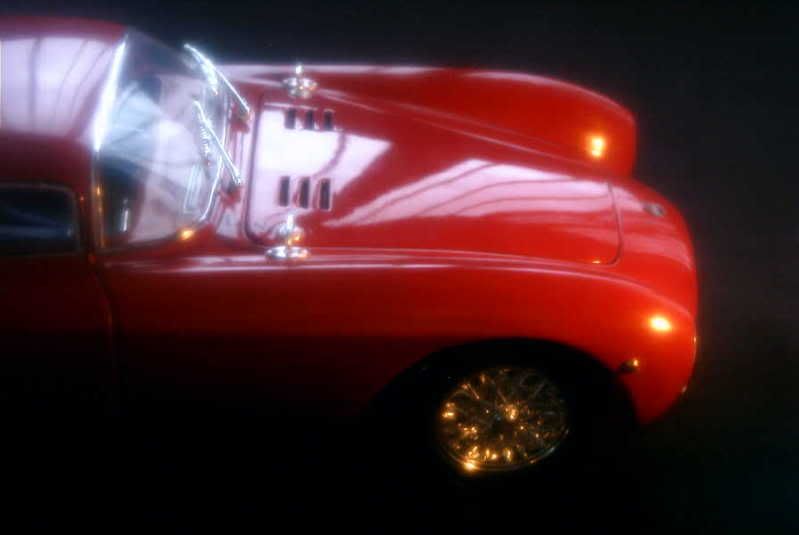
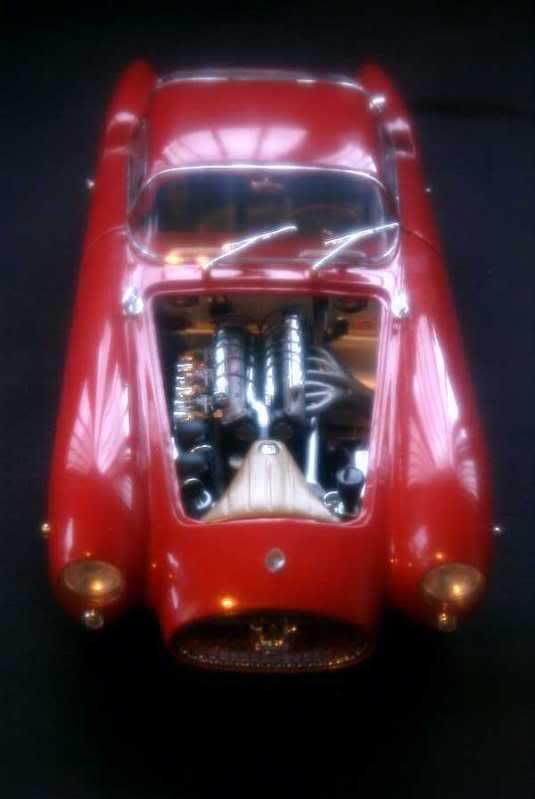
A little history
Though its road cars are probably more renown today than its racing cars are, Maserati basically remained focused on competition for the first four decades of its history. Even if this dramatically changed after the introduction of the 3500GT in 1957, some road cars, closely related to the machines raced by the little factory, had already been produced in very small numbers since the end World War Two. This all started with the A6/1500, a small 1.5-litre car usually bodied by Pinin Farina. Though its six-cylinder engine was based on the machinery of the pre-war Maserati single-seaters, its power was down to a modest 65 hp, mostly due to the mandatory low-grade gasoline that was available – hardly easily, still – in the country at that time. Following its introduction at the 1947 Geneva motor show, the A6/1500 was produced in sixty-one copies until 1950, when the company seemed to distance itself from road-going automobiles to concentrate again on racing cars. This situation didn’t last and, at the Turin motor show in 1951, Maserati presented the A6G, based on the A6’s chassis, but fitted with a 100-hp 2-liter engine again based on a racing block. Unfortunately, the A6G’s design was too much dated and its engine still too modest despite its larger displacement to compete with Ferrari’s models, resulting in abysmal sales – no more than sixteen A6G were produced until 1954. For the anecdote, a Maserati light truck, the 550 cc or electrically-powered TM15, was also introduced at Turin in 1951 and didn’t really fare better, with only fifty-one being built until 1956 when the utility market was abandoned without regrets.
With its placid engine but excellent tubular chassis, the A6 soldiered on for a few more years. The A6G was succeeded at the 1954 Paris motor show by the more potent 150-hp A6G/2000. Just before this, five copies of the A6GCS/53 sportscar had been converted to a 170-hp Gran Turismo coupe fitted with a muscular Pinin Farina body, but these were the result of a private initiative rather than a venture from the factory. The A6G/2000 gave way to the much more ambitious Maserati 3500 GT in 1957, by which time its production number had reached the staggering figure of sixty...
About the model
Model: Maserati A6GCS/53 Berlinetta
Year: 1954
Maker: Ricko Ricko
Scale: 1/18
Distributed by: Ricko Ricko ref. 32151
Acquired: brand new, in March 2006, in Manila, Philippines
Ricko has tastefully reproduced one of the four coupes Pinin Farina built out of the A6GCS for Maserati’s dealer in Rome and occasional racing driver, Guglielmo Dei. My point of view is certainly debatable, but I’d like to think this is one of the most striking car ever penned by the famous Italian coachbuilder, allying in equal proportion feline beauty and brutal strength. The die-cast model is well worthy of the original, and deserves a good 14/20 rating.





